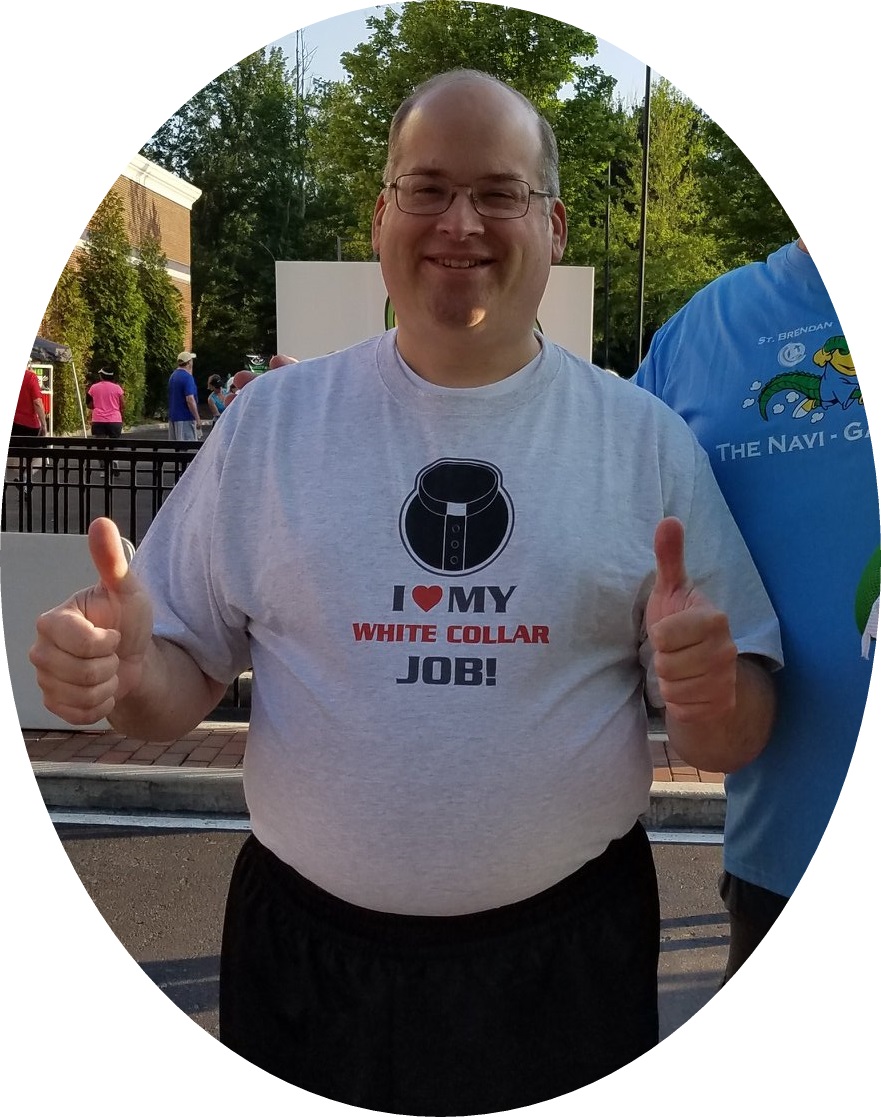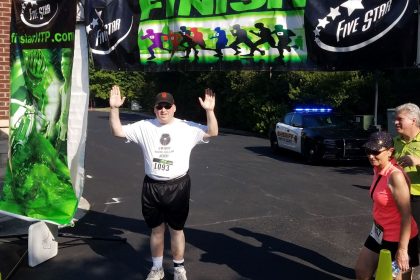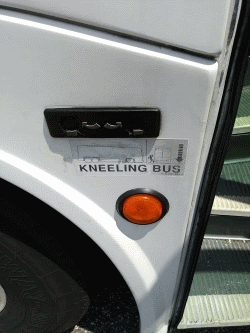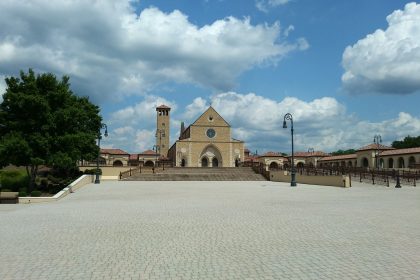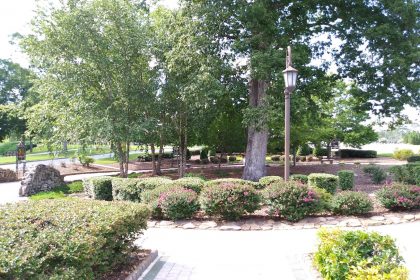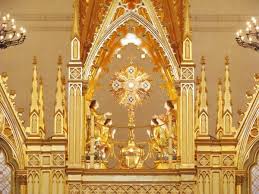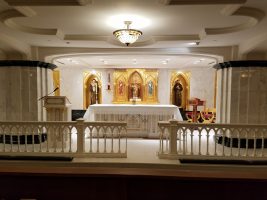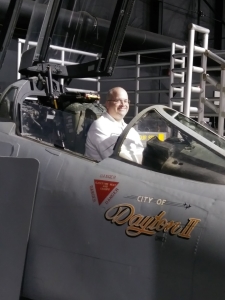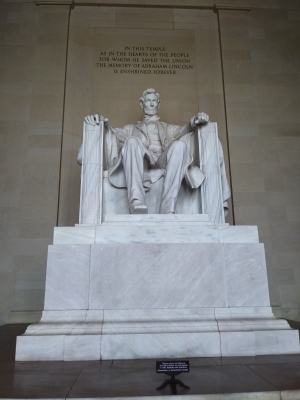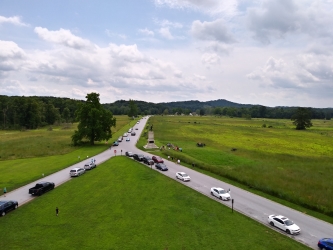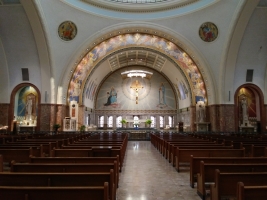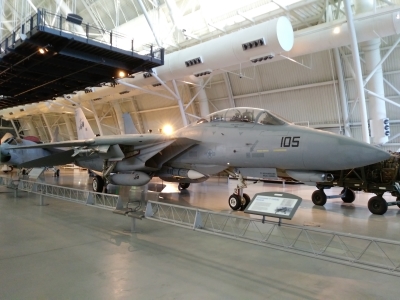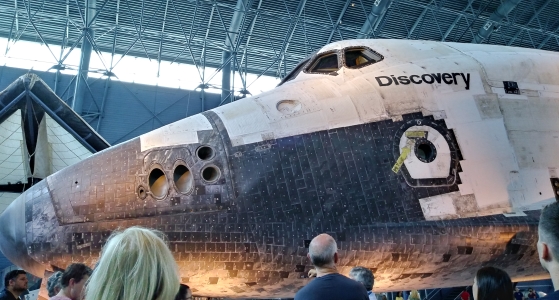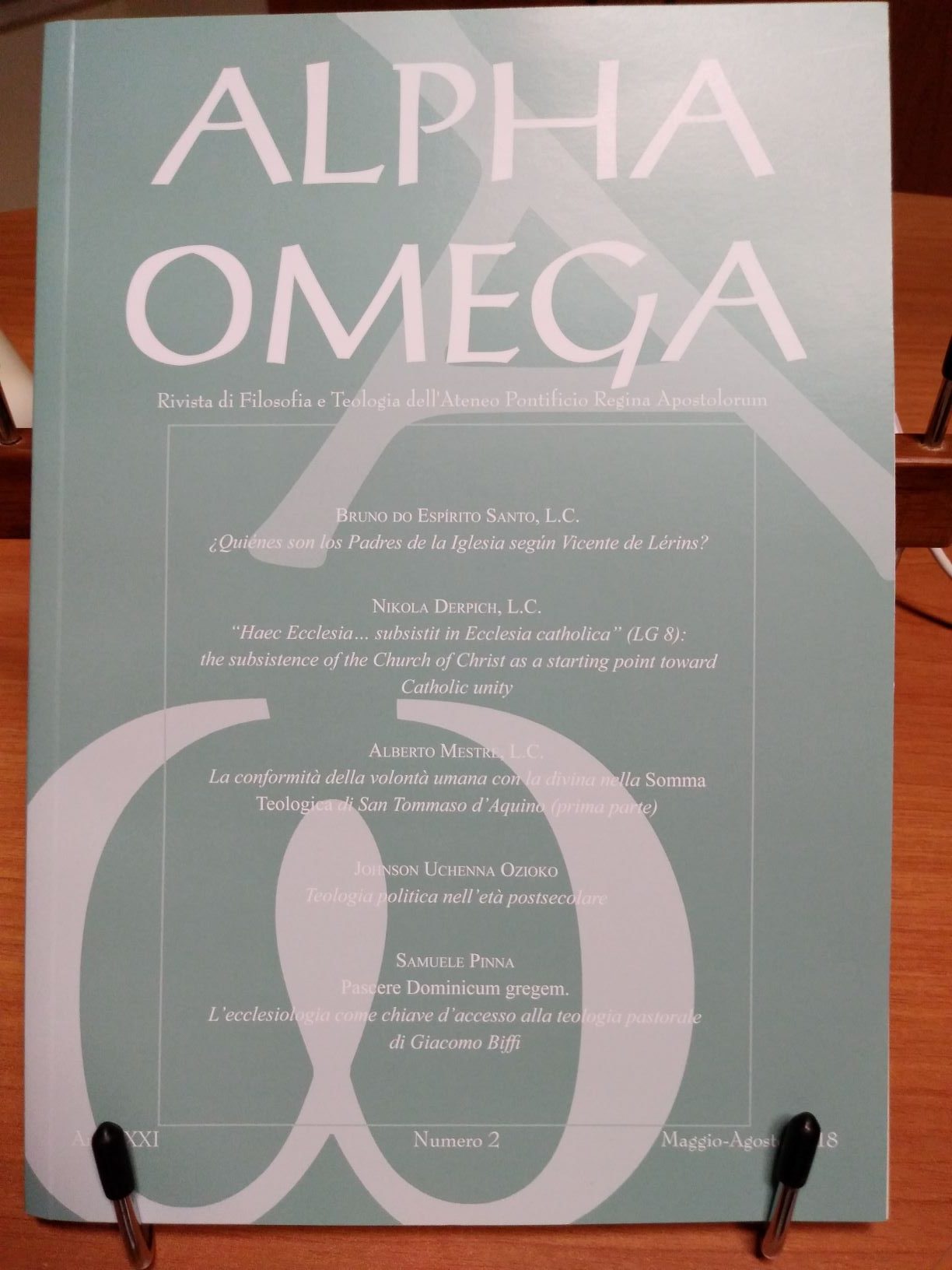Within two days 2020 will be upon us, and I thought it would be good to take some time during the Christmas break to remember some of the best of 2019. I already wrote at length about my pilgrimage to the Holy Land in February, but there were also many other memorable moments in 2019. After finishing the first semester at Regina Apostolorum in Rome and going on pilgrimage I returned to the United States on February 14th and returned to the parish rhythm of life with a few weeks of Ordinary Time before Lent began on March 6th. During Lent all parish priests organize and help with Penance Services in their parish and neighboring parishes, so Lent was full of extra sessions of Confession.
On March 30th I gave a presentation on our Holy Land pilgrimage and practically every pilgrim, along with other parishioners, attended, including some from out of state.
On March 31st I gave a presentation on the sacraments of Holy Orders and Anointing of the Sick to our RCIA group as part of their catechetical preparation. On April 12th I presided over a live Stations of the Cross. The parish is undergoing a heavy renovation, so we had to be a little creative with the route, but it’s a very powerful presentation. On Fridays in Lent the Knights of Columbus host a fish fry, so people coming out of dinner (or going in) joined the Way of the Cross procession. A powerful evangelization event. On Good Friday (April 19th) I and other priests heard confessions all day except for a brief lunch break until the Commemoration of the Lord’s Passion in the evening (and then a few more penitents after that). On Holy Saturday (April 20th) I presided over midday prayer and blessed Easter baskets, a tradition from Slavic Christianity that is growing. That evening at the Easter Vigil I sang the Exsultet (the Solemn Easter Proclamation).
Part of our parish renovations is the addition of a new chapel, and the pastor asked me to help with the artistic designs in the chapel, including the altar, ambo, and baptismal font. Meetings and conversations began in April. The renovations and new chapel are being finished over the next month, so when I return to the States in February it should all be done.
The week after Easter week the parish fathers went to Tybee Island on the outskirts of Savannah for a few days of rest after all the Lenten and Easter excitement. On the way down to Tybee Island we stopped to visit the beautiful Church of St. Joseph in Macon.
On May 13th I visited the Museum of Aviation in Warner Robins, GA.
In the first week of June I spent a week of working vacation in Keystone, CO. The community had their vacation schedule in Colorado for the first two weeks of June, and I had to prepare for an academic seminar at the end of the month, so I brought my books and read with liberal sprinklings of hanging out with the fathers. Colorado is a beautiful state. I’ve never seen so many shades of green in the trees. I returned to Georgia in time to walk the parish Navi-gator 5K on June 8th (thanks again to everyone who sponsored me and pledged donations to the parish). It was pouring rain, but fun as always.
The academic seminar was held in the last week of June in Oxnard, CA at the Santa Clara Retreat Center (the airport shown is LAX). It was a Fides et Ratio Seminar organized by the Faith and Reason Institute, and the topic was priesthood, right up my alley. Several other priests participated (about twenty-five participants in all) and we had some great discussions. As proof of what a small world we live in I saw one of the participants a few months later in Rome at St. Peter’s Basilica, chaperoning students on pilgrimage.
In July I gave two catechetical talks to elementary school students about All Saints and Pentecost. Some of them dressed as saints for the All Saints talk, so I dressed in my cassock and explained to them why it was not a costume.
In August I visited home in California at the start of the month (good to see many of you while I was visiting). The blue ocean below is the Pacific, seen from the Santa Cruz wharf, with the Santa Cruz Beach Boardwalk in the background. It was a clear day and I could hear people on the rides at the Boardwalk.
I returned to Georgia, then continued my vacation by driving down to Louisiana. I hadn’t driven there since 2003, and I hadn’t visited since 2008. I had a tranquil vacation, staying with the Legionary community in Mandeville, reading, walking, watching videos, and visiting with old friends. I returned to the World War II Museum, which when I last visited it in 2003 was the D-Day Museum, and it had changed a lot. I highly recommend it if you ever visit New Orleans. It originally opened in New Orleans because the landing boats for D-Day were manufactured there.
On my walks I ran into some large spiders that spun webs across the trail. They were about two-thirds the size of a Tarantula. I later discovered that they were Golden Orb Weavers and not harmful to humans (unless you count psychological damage). On a rainy day I pushed through one’s web with my umbrella unknowingly and it later crawled up into the inside of my umbrella (in the woods, unlike space, people can hear your scream, but thankfully no one was around…to hear me scream). Thankfully it was a large umbrella so I got it out pretty quickly.
I returned to Georgia before vacation was over for a day trip to Chattanooga, Tennessee, where a World War II landing boat, still sailing, was docked for a few days, the USS LST 325. They fired the forward gun at our request (not loaded, but it made the same noise as the genuine article would), and I was able to sit in one of the side turrets and look menacing. It was not far from the Tennessee Aquarium, which is one of the best fresh water aquariums in the world, along with a good salt water aquarium. I am not in the cage below for trying to fire to gun on the ship; it is a shark cage, and no priests or sharks were harmed in the taking of the photo.
On September 7th we organized an investiture ceremony at the parish for the brown scapular of Our Lady of Mt. Carmel. I was amazed at the turnout. People had asked individually over the months leading up to the ceremony, thinking a blessing of the scapular was enough (it’s not; there are some devotional commitments to make too), so we decided to organize it and it was a good First Saturday gift for Mary.

On September 14th the parish had a half-day pilgrimage to the Trappist Monastery in Conyers, GA. I had heard of it for two years and it was my first opportunity to visit. The serenity and silence there were palpable and wonderful. Their simple monastic rule of life, inspired by St. Benedict’s ora et labora (pray and work) reminded me of my Novitiate days. What impressed me most was their church, made from cement that they had brought and poured wheelbarrow by wheelbarrow. They arrived in Conyers from Kentucky with not much more than a barn and some property and built a wonderful monastery and retreat center. At midday we attended the Divine Office with the monks in the main church.
On September 18th I return to Rome for the first semester (still here as of this writing), starting eight days of spiritual exercises that same day, and then a week and a half of class prep before classes began for me on October 8th. In addition to classes in October and November I was preparing a paper for a Christology congress scheduled for November 21st. The paper I contributed was on the complex reality of the Church in the light of the mystery of the Incarnate Word, a thought inspired by Lumen Gentium 8. I’ll be publishing it in English sometime in 2020 and it will be published in Italian as part of the congress’ proceedings as well.
Thanksgiving is not celebrated in Italy, but I didn’t have classes that day and it was a nice quiet day. We had turkey for lunch and pie, which is not guaranteed in Italy, so it reminded me of how much for which to be thankful. In December I had a nasty cold/flu that pretty much knocked me off my feet for three weeks, so it was a quiet month. It didn’t keep me from visiting the Galleria Borghese on the 1st, before I got sick. No photos were allowed inside, but they had several wonderful works of Bernini.
On December 23rd I concelebrated at St. Mary Major’s for the the thirteenth ordination anniversary of my class. The silver reliquary above the Missal below contains relics of the the Lord’s crib. We celebrated Mass at that altar, down below the main altar. The altar trimmed with blue is the altar Salus Popoli Romani (which means “salvation of the Roman people) where Pope Francis comes before a trip to pray. The icon at its center is believed to have been rendered by St. Luke the Evangelist in the first century A.D.
We’re still in the octave of Christmas, so have a Blessed Christmas and New Year.

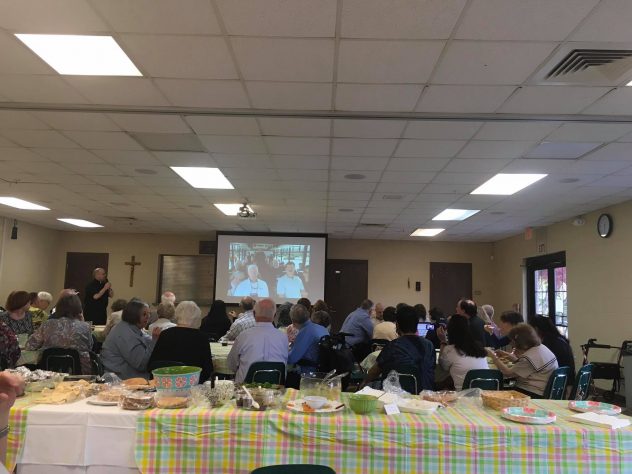
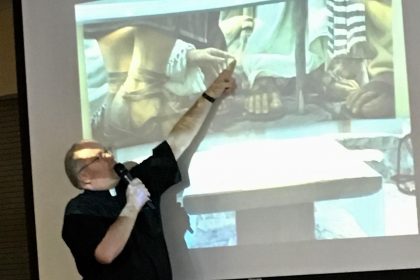
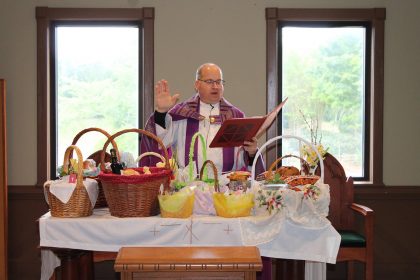

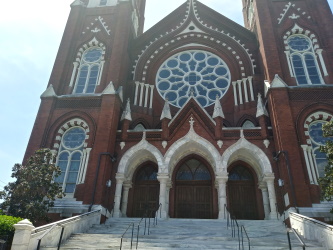
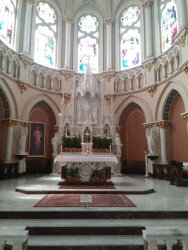
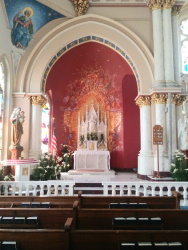
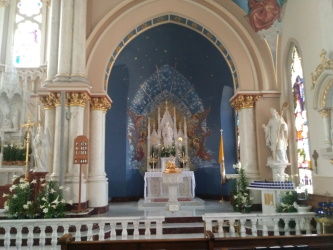
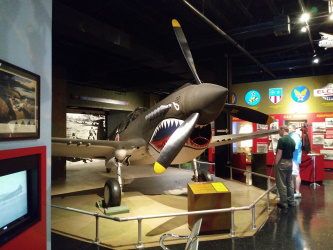
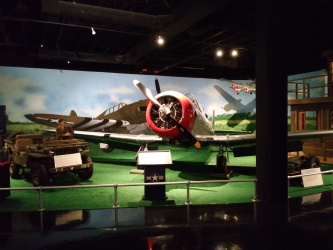
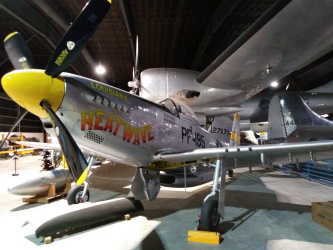
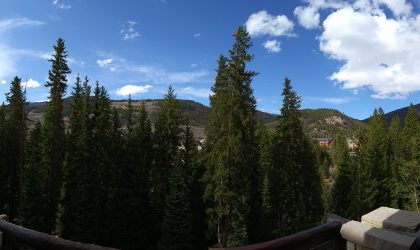
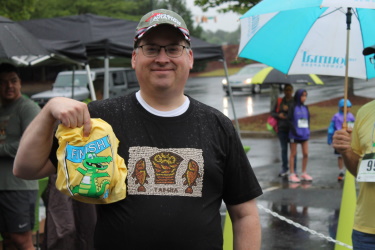
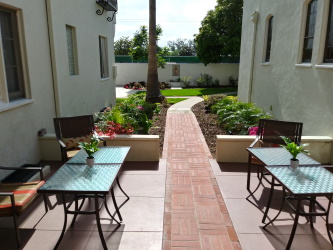
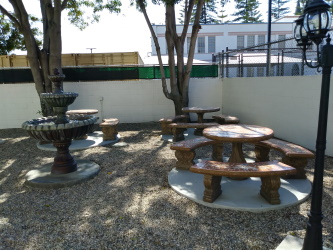
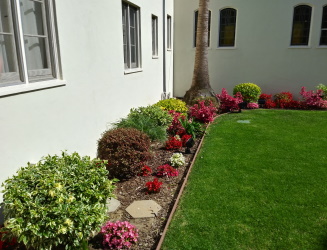
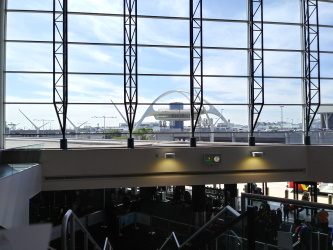
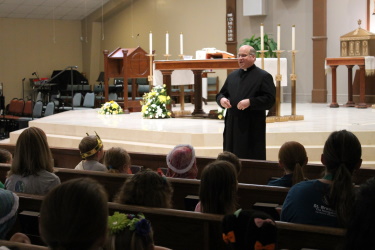
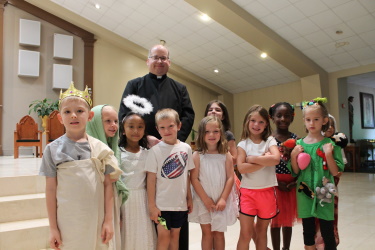
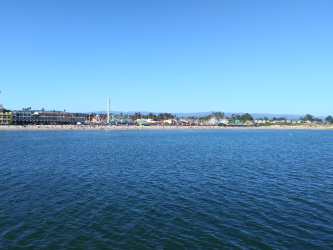
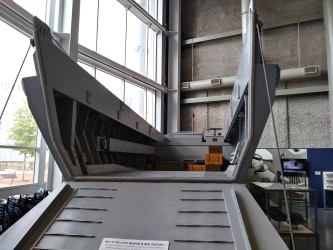
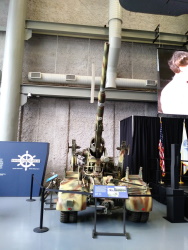
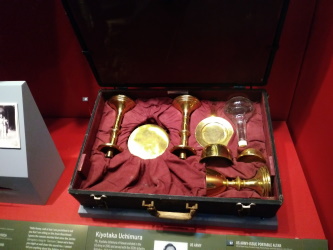
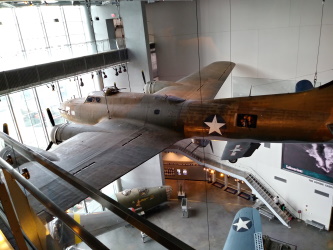

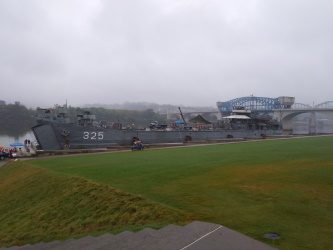
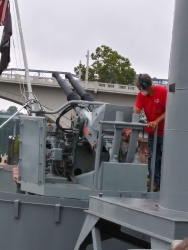
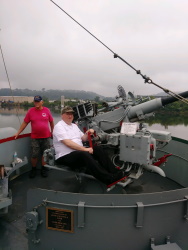
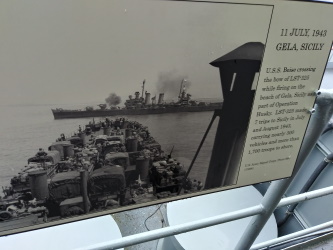
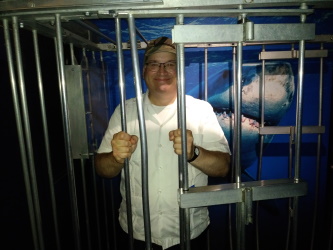
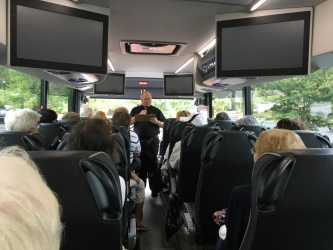
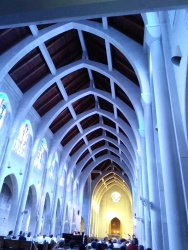
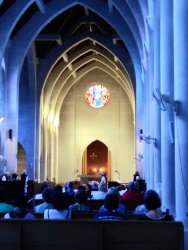
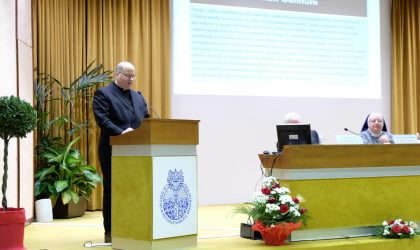
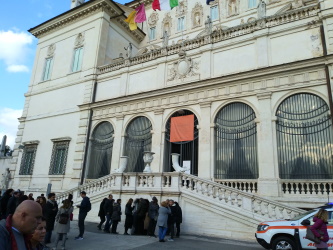
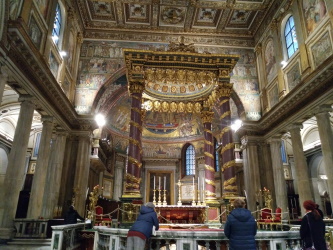
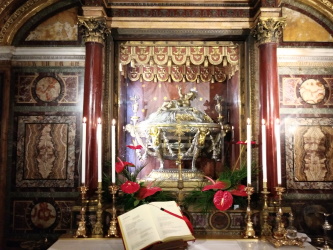
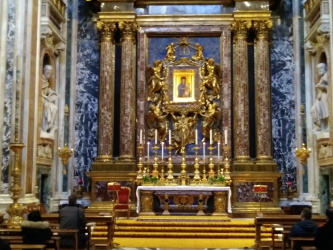
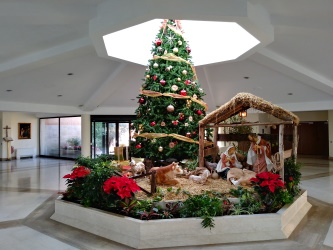
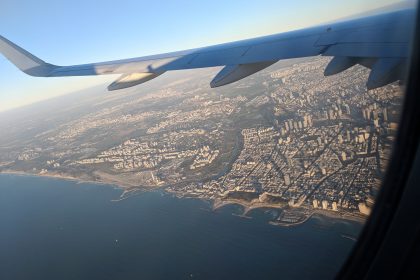
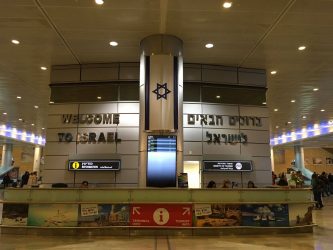
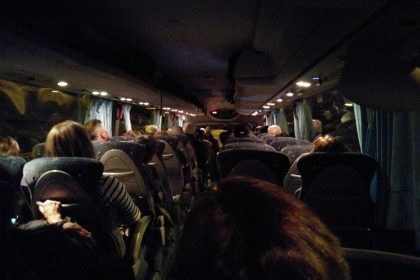
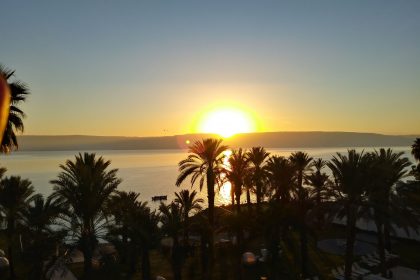
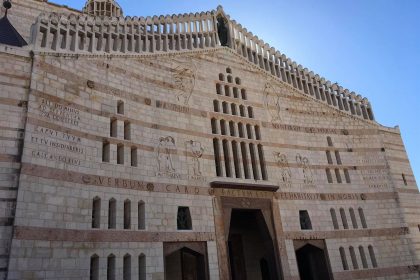
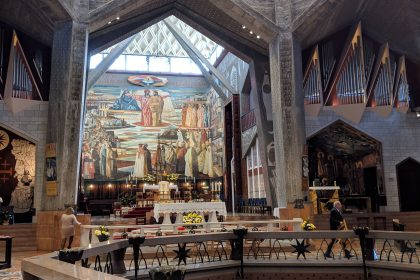
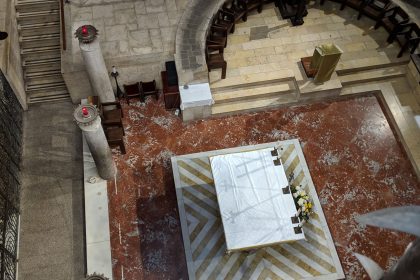
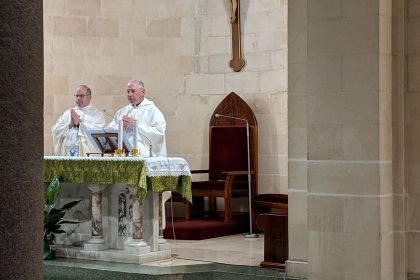
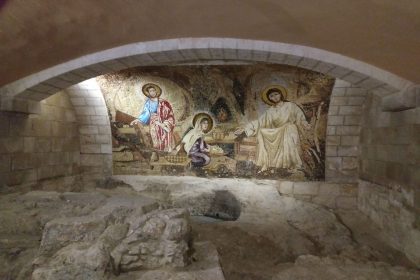
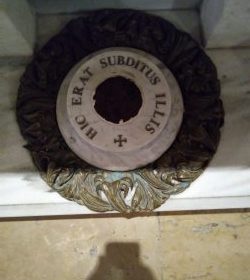
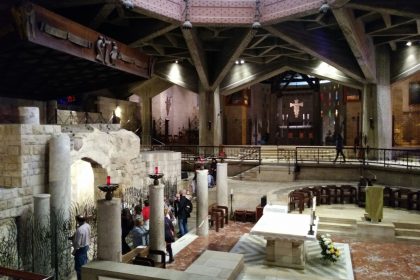
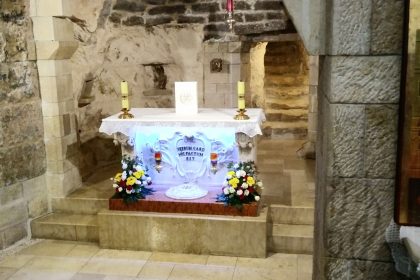
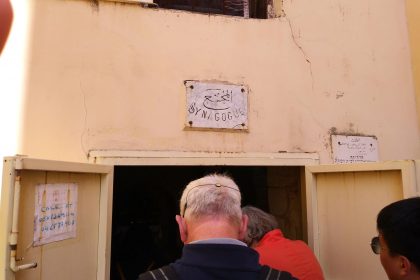
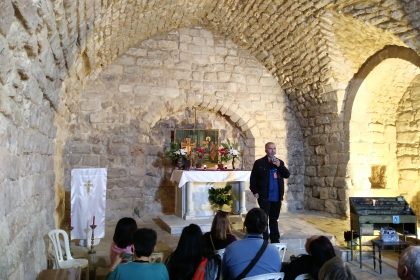
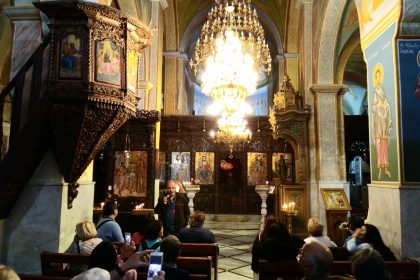
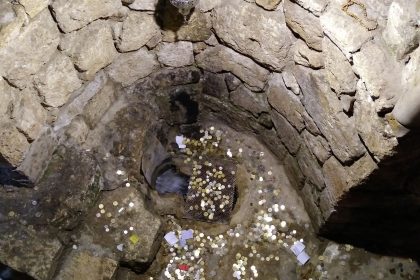
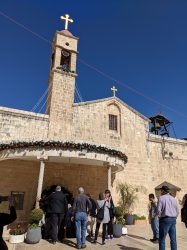
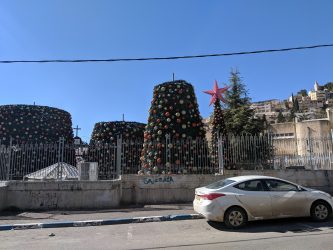
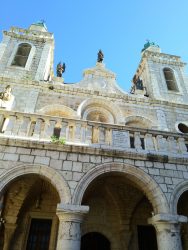
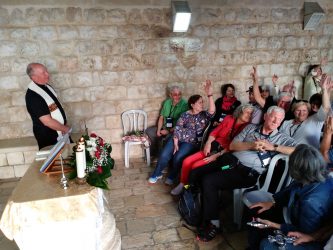
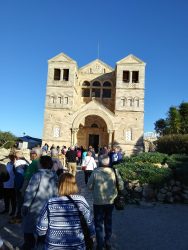
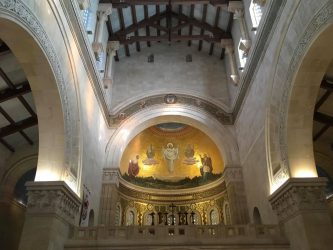
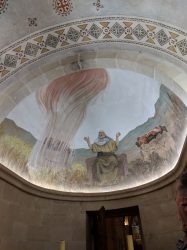
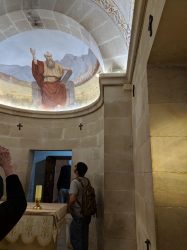
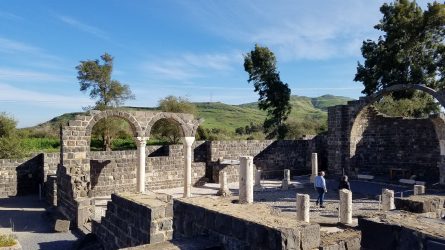
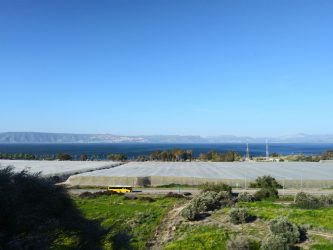
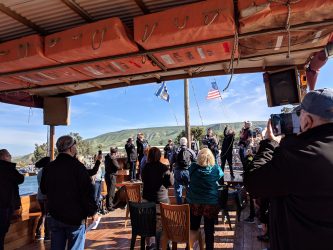
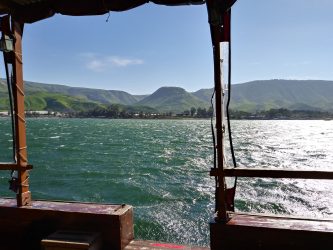
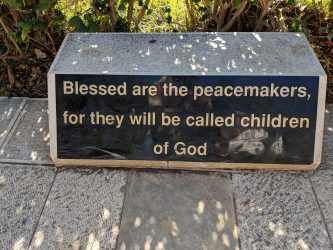
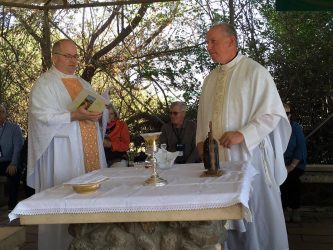
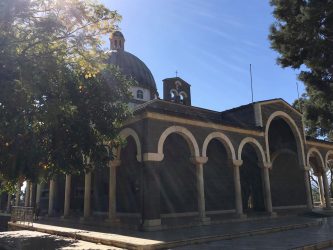
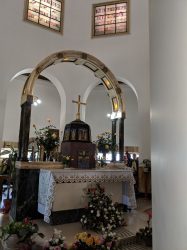
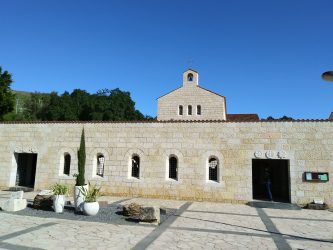

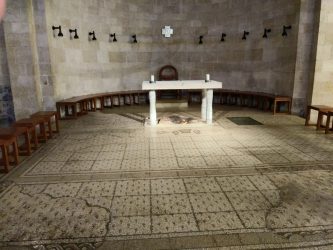
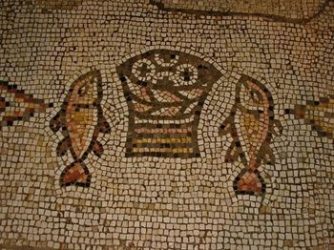
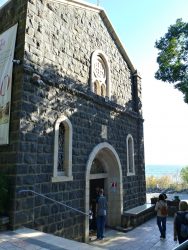
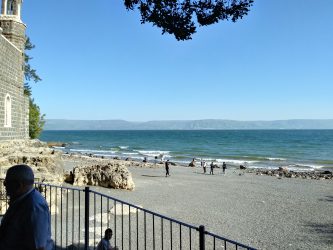
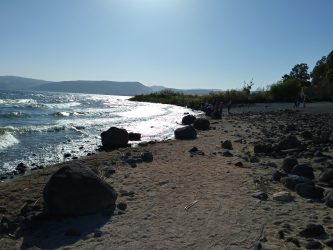
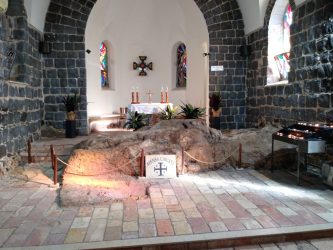
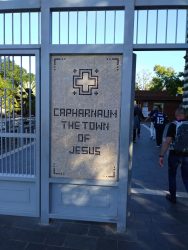
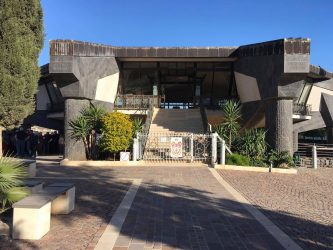
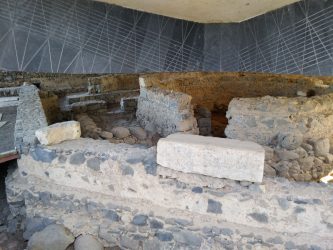
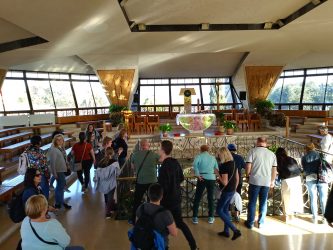
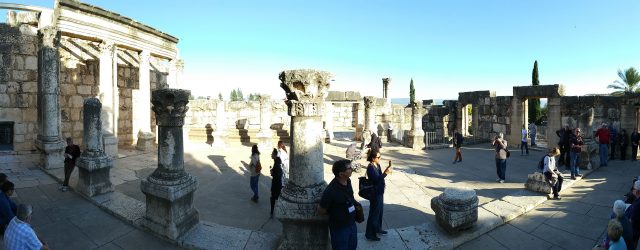
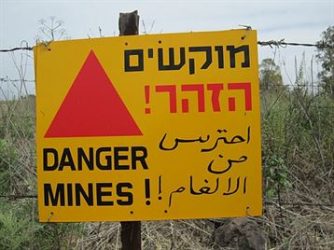
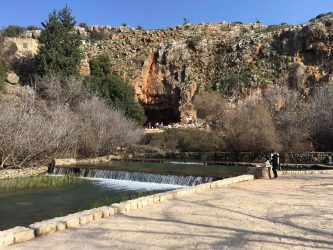
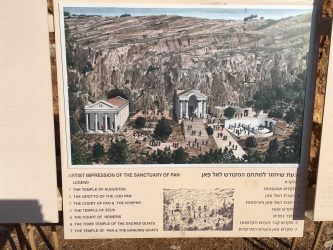
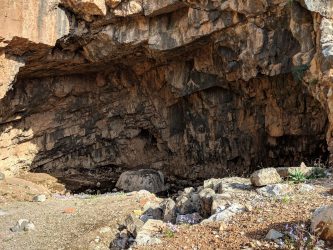
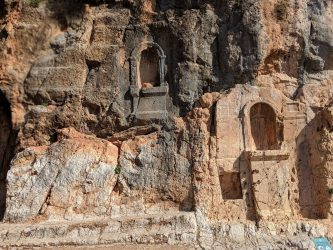
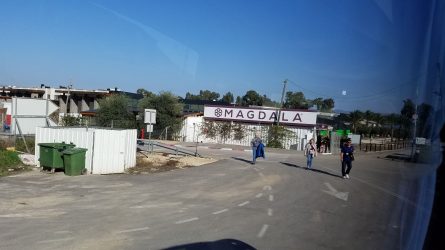
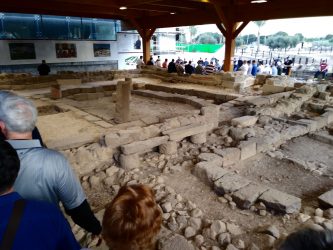
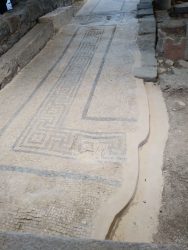
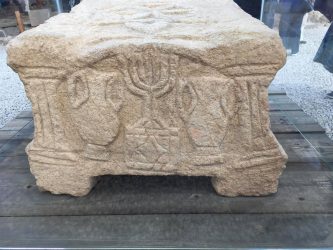
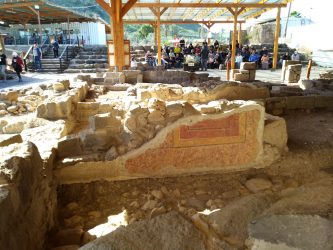
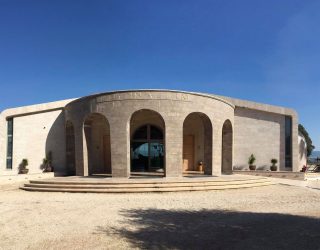
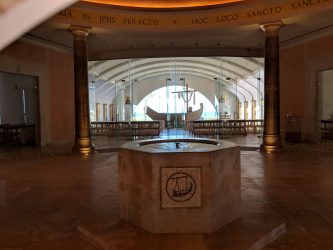
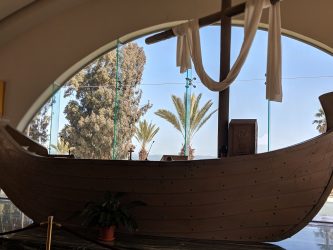
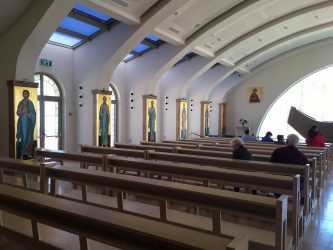
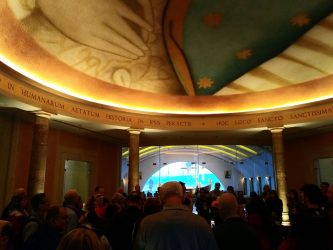
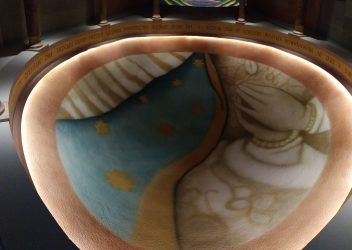
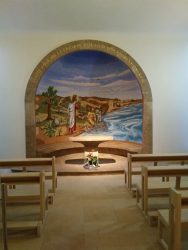
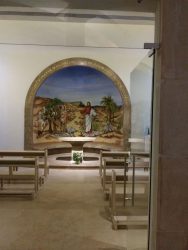
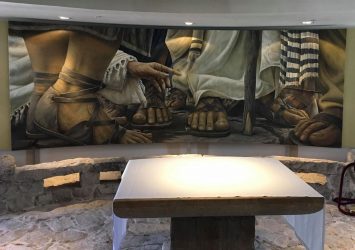
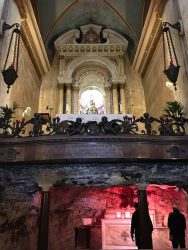
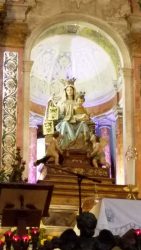
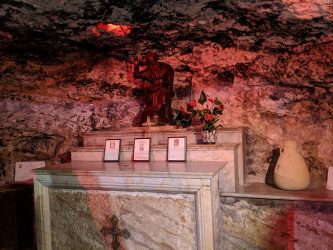
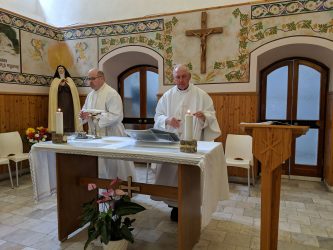
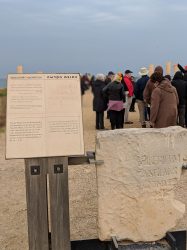
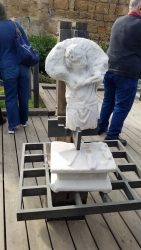
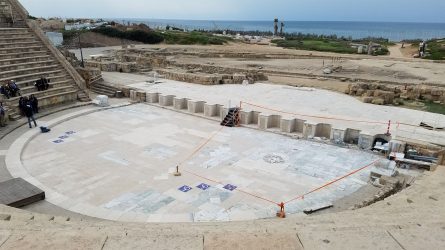
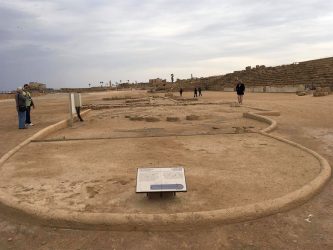
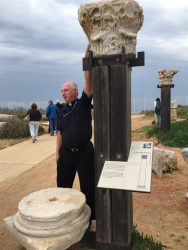
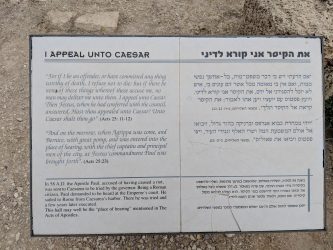
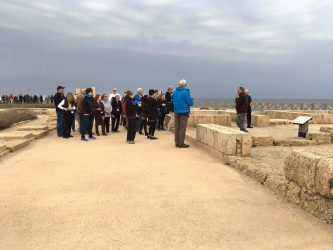
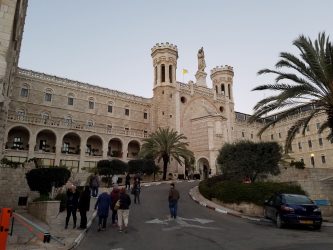
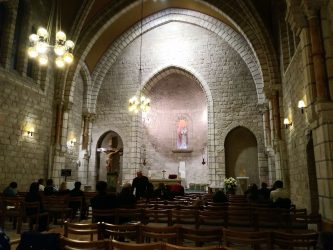
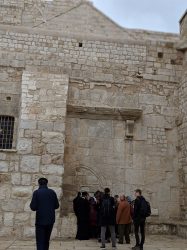
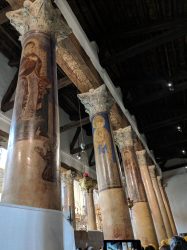
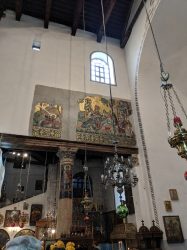
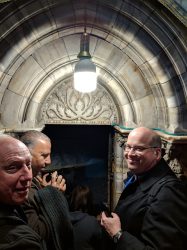
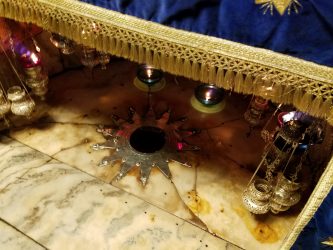
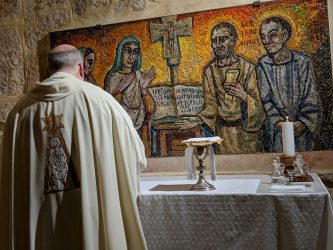
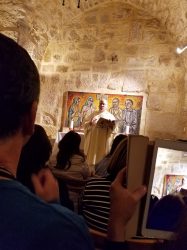
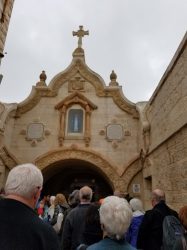
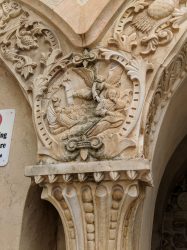
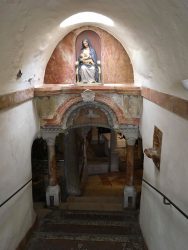
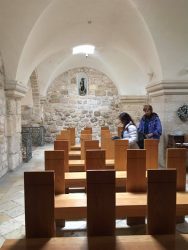
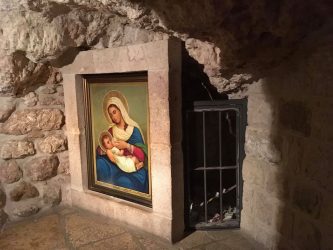
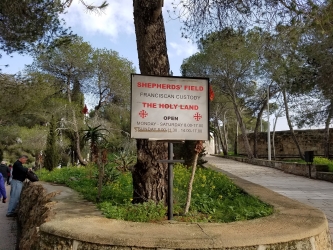
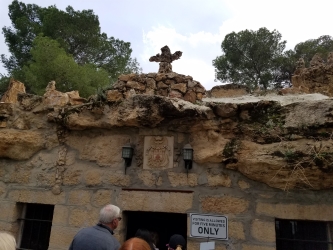
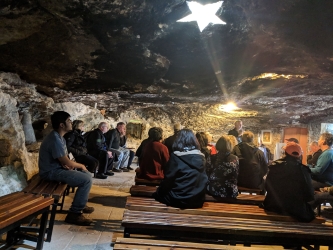
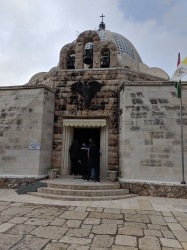
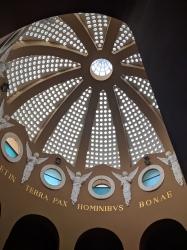
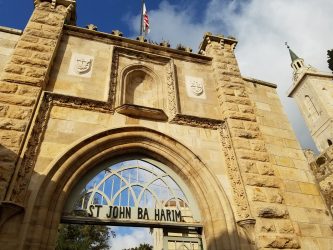
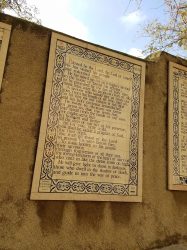
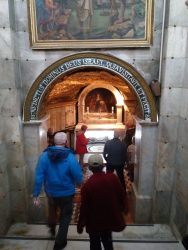
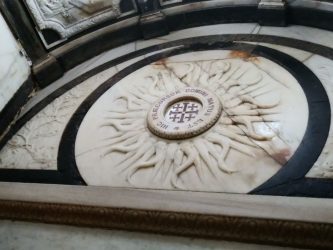
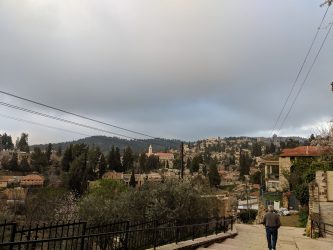
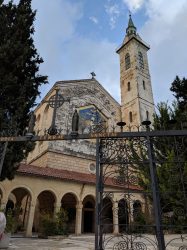
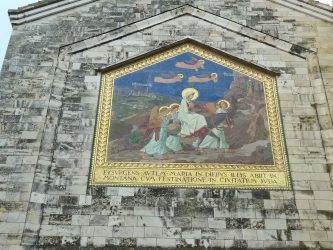
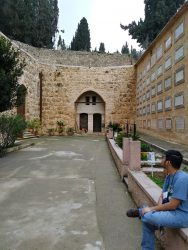
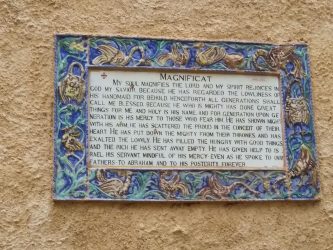
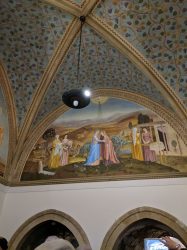
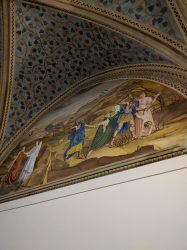
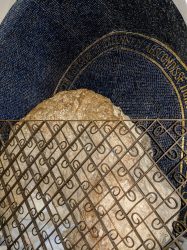
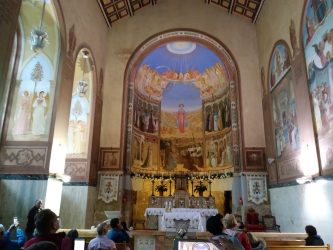
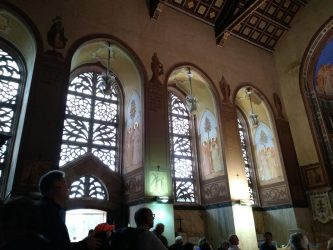
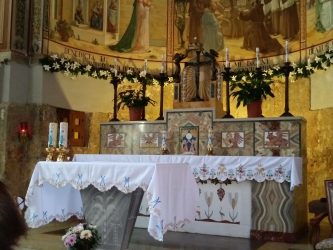
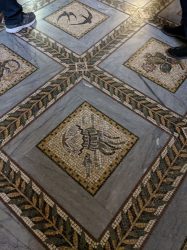
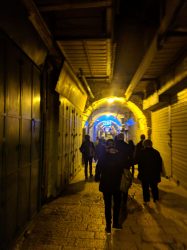
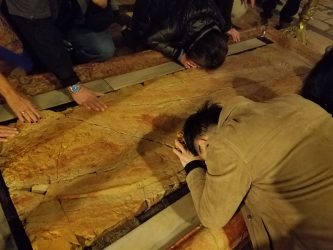
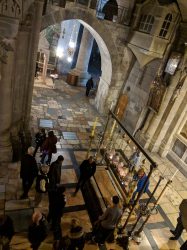
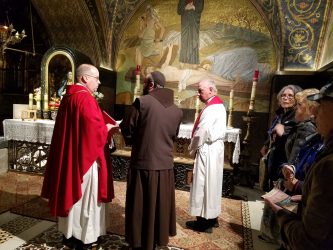

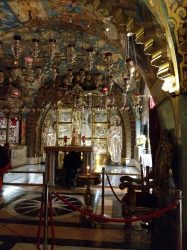
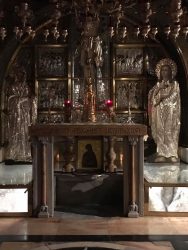
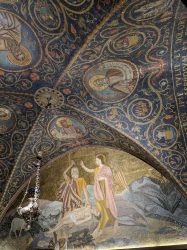
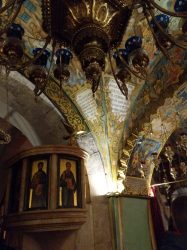
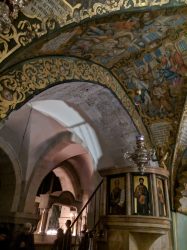
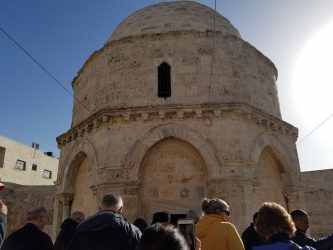
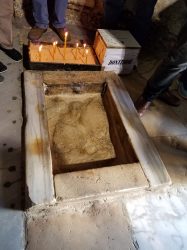
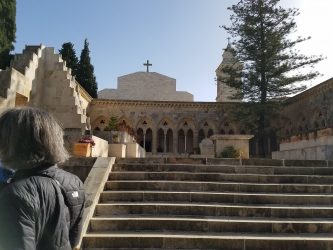
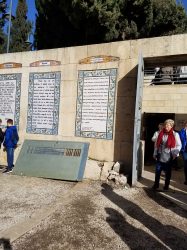
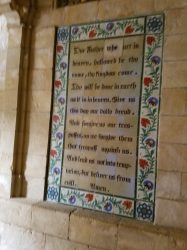

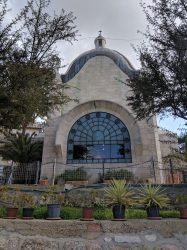
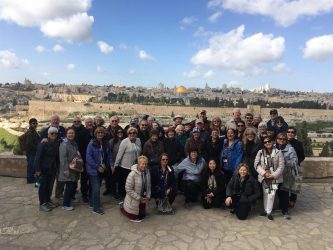
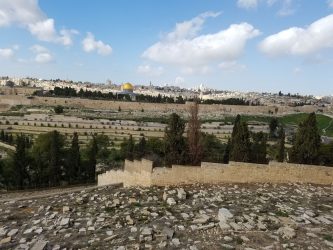
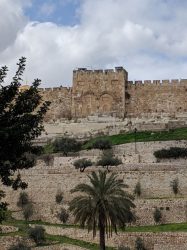


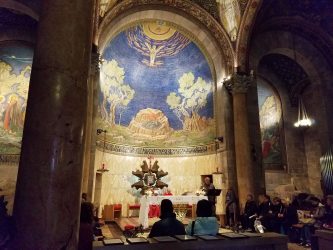
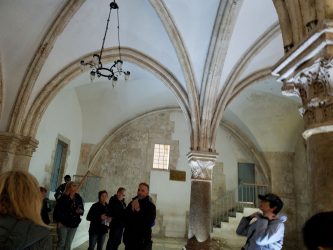
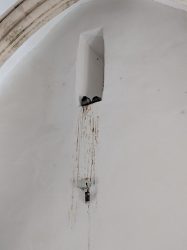
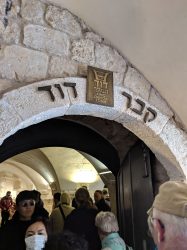
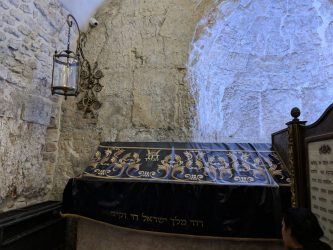

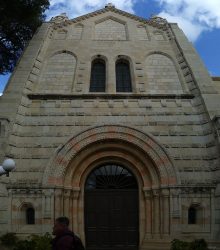
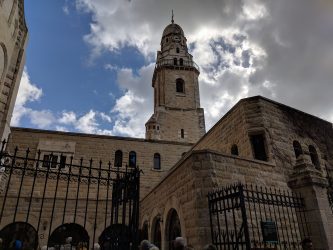
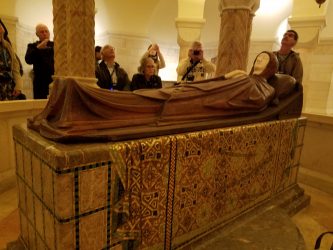
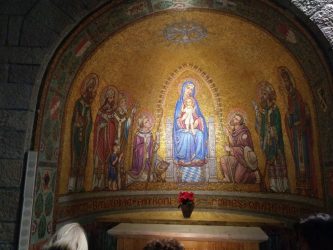
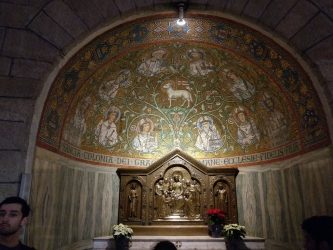
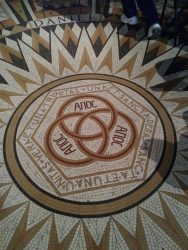
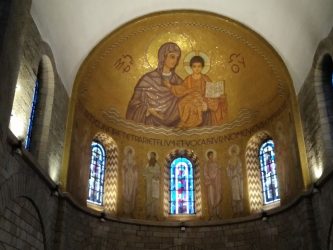
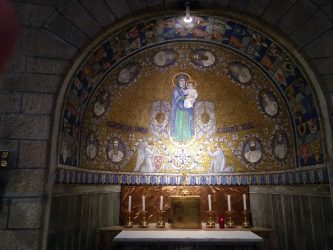
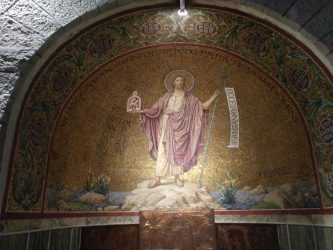
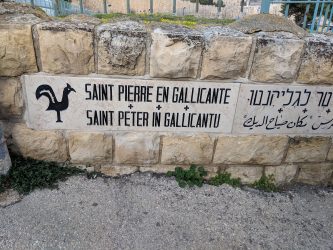
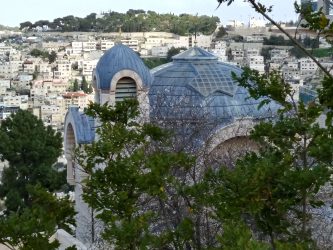

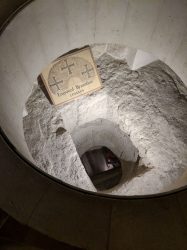
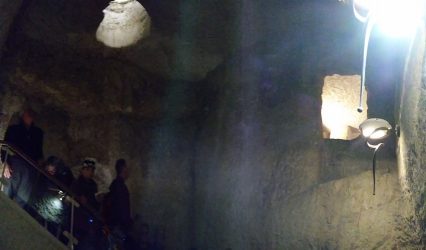
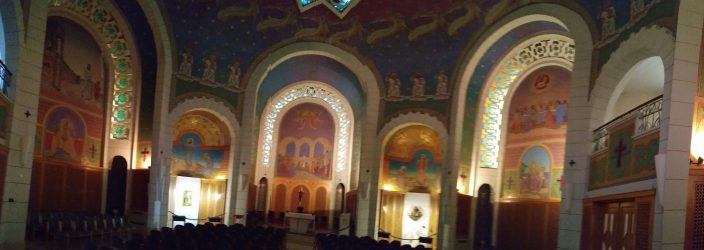
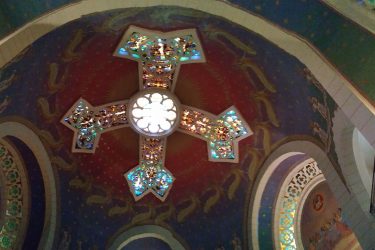
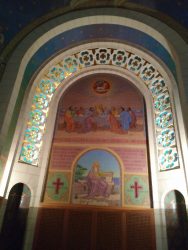
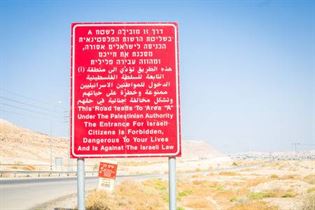
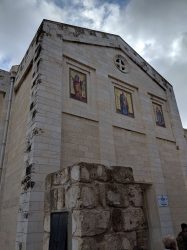
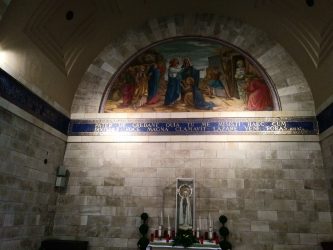
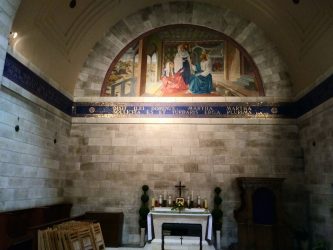
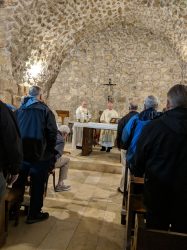
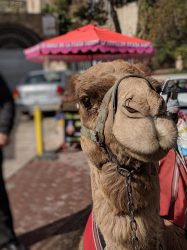
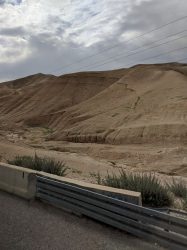
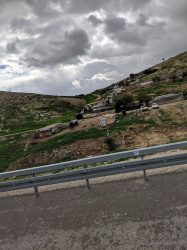
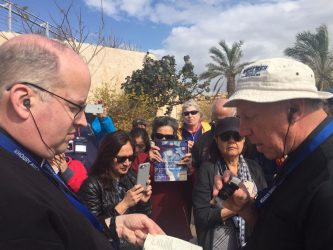
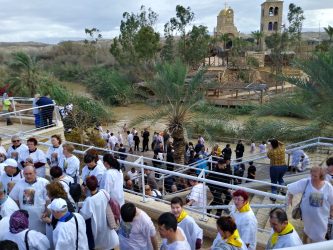
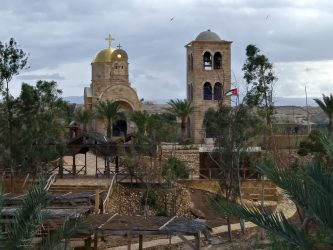

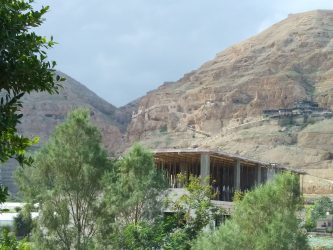
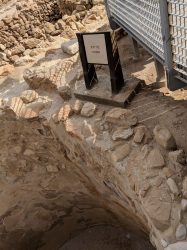
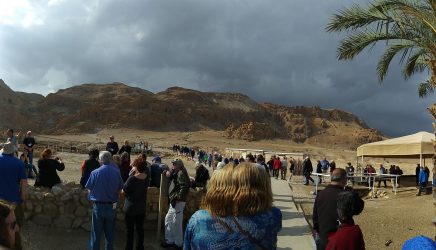
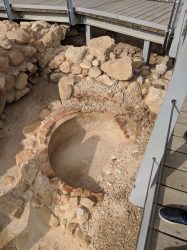
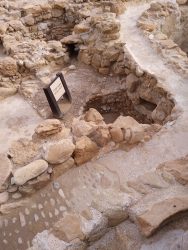
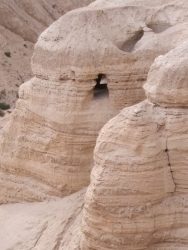
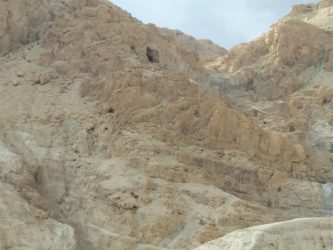
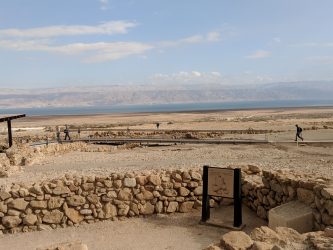
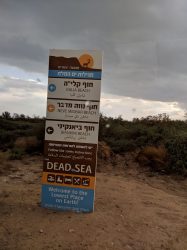
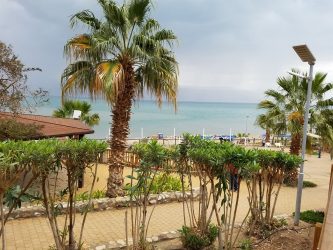
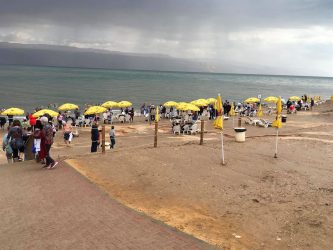
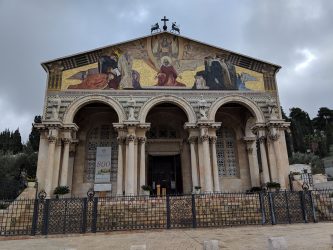
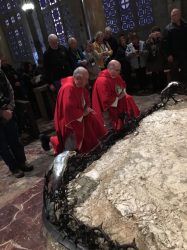
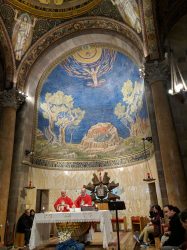
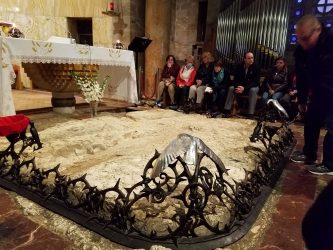
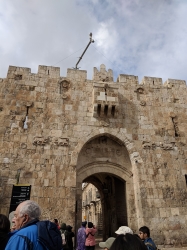
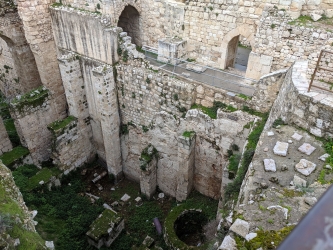

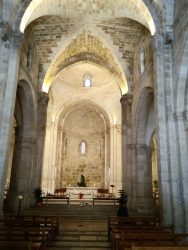
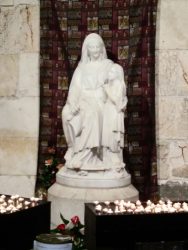
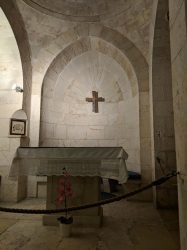
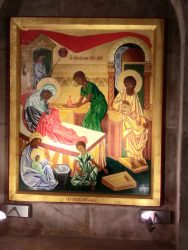
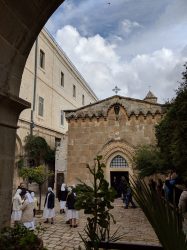
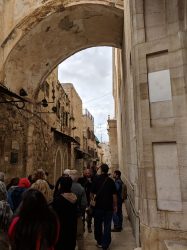
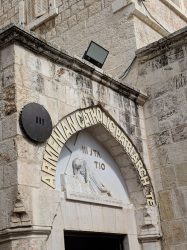
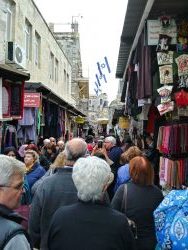
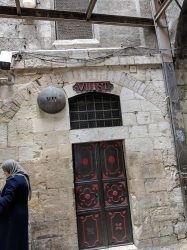
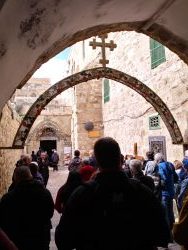
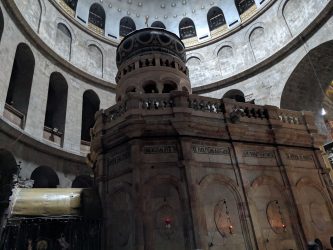
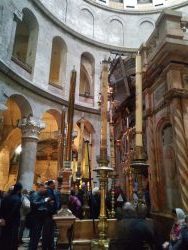
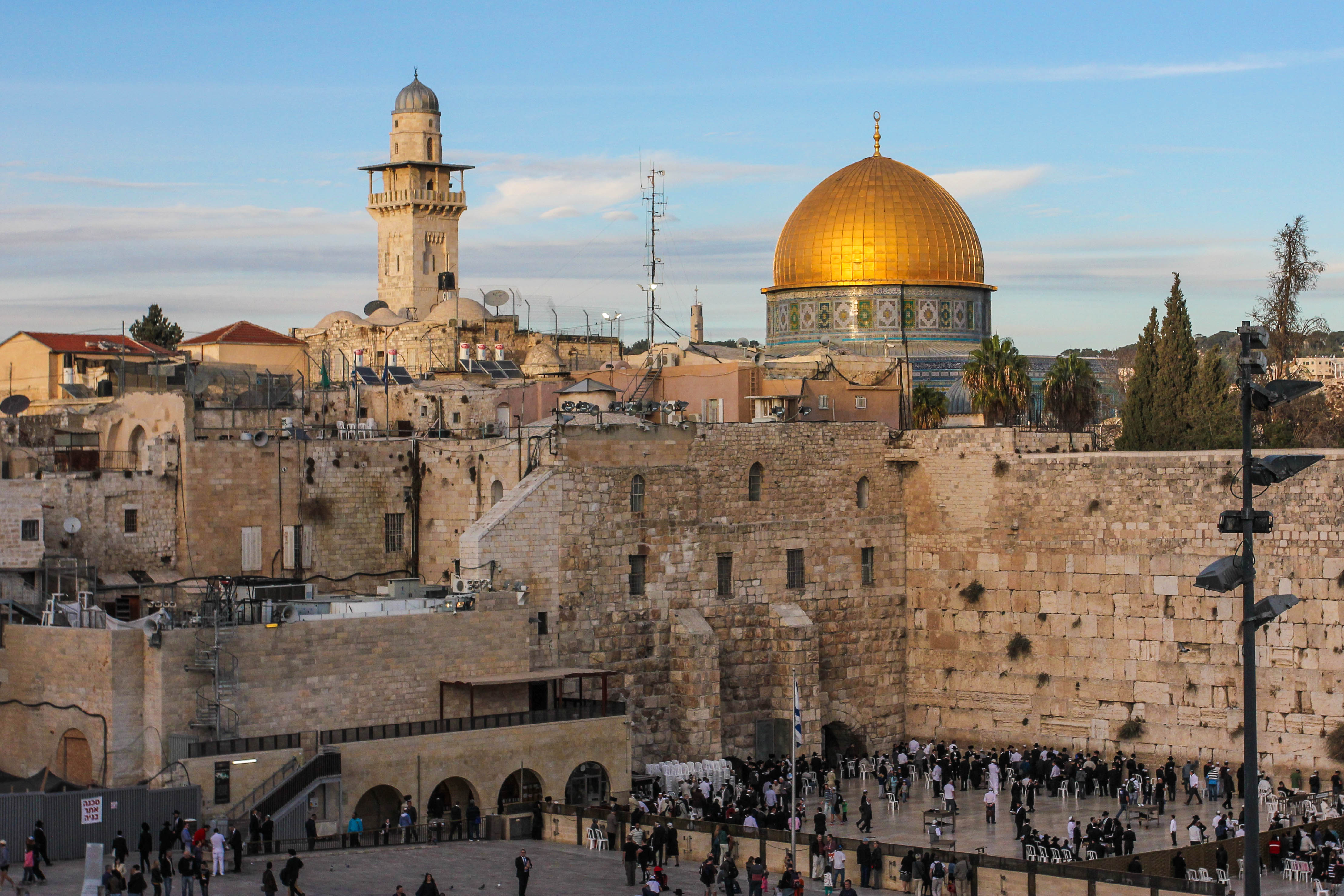
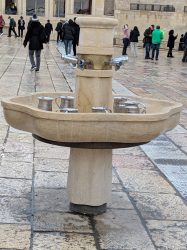
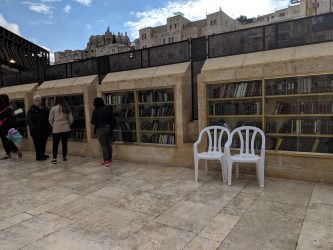
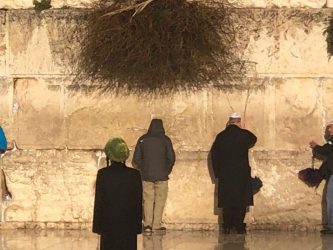
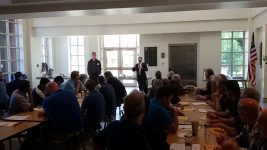
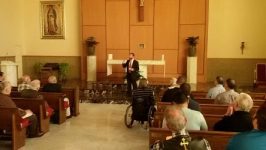

 I received a call asking me to come to a home and administer the Last Rites. It was her again, at her kid’s home. I don’t think they even knew I was the priest who visited her in the hospital, and as they prepared her for my visit I chatted with her children and explained that I’d visited her previously. They knew death was close. She was unconscious now, making small, periodic gasps, and she had a rosary in her hands. All her children surrounded her bed as I prayed with them for her and anointed her. She passed not long after and the family asked me to celebrate the funeral, which I did.
I received a call asking me to come to a home and administer the Last Rites. It was her again, at her kid’s home. I don’t think they even knew I was the priest who visited her in the hospital, and as they prepared her for my visit I chatted with her children and explained that I’d visited her previously. They knew death was close. She was unconscious now, making small, periodic gasps, and she had a rosary in her hands. All her children surrounded her bed as I prayed with them for her and anointed her. She passed not long after and the family asked me to celebrate the funeral, which I did.
